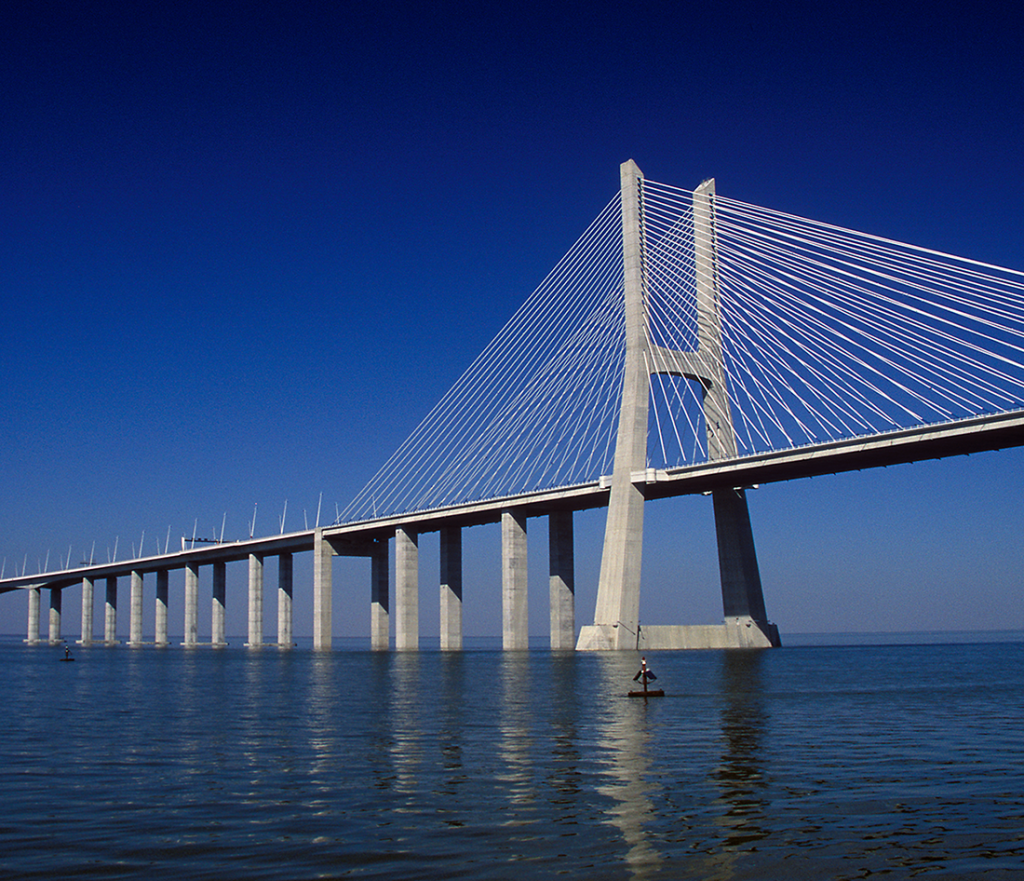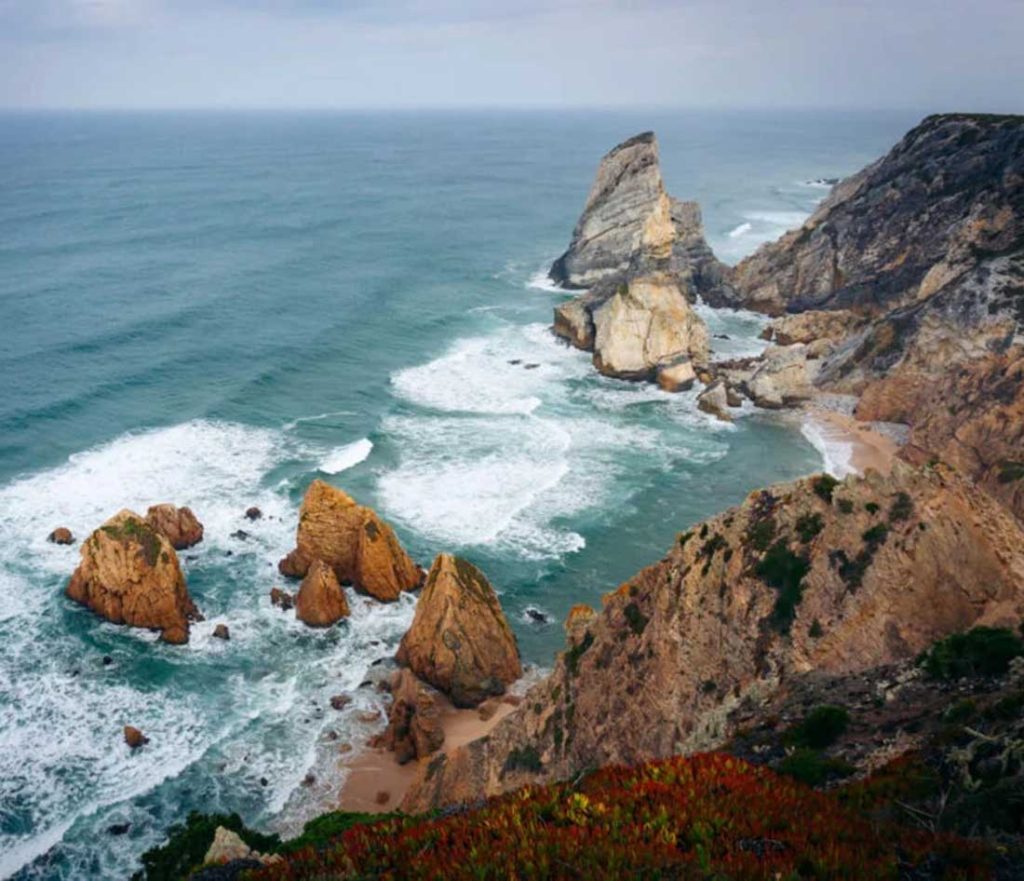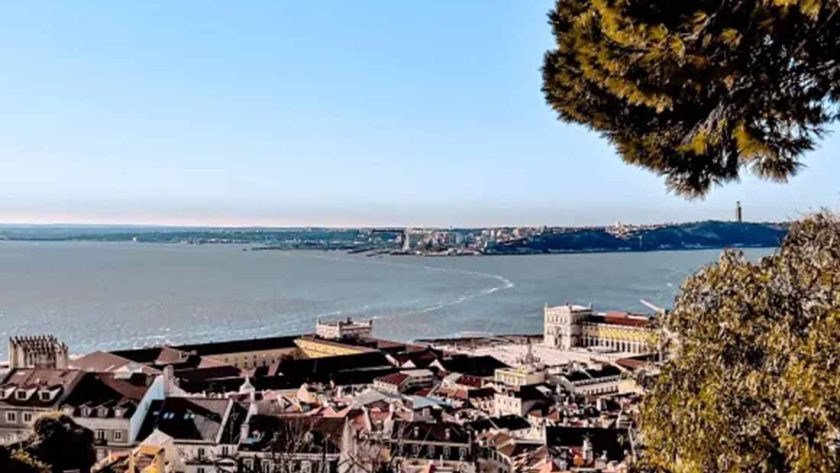Lisbon, Portugal’s vibrant capital, is renowned for its colorful streets, historic neighborhoods, and dynamic waterfront. But beyond the charming city itself, the surrounding coast offers a wealth of experiences that make a cruise from Lisbon an unforgettable adventure. Cruising along the Tagus River and into the Atlantic provides travelers with a unique perspective on Lisbon’s maritime heritage, its dramatic coastline, and nearby historic towns. This guide highlights must-see coastal sights accessible by cruise, offering tips, recommendations, and insider insights to ensure your journey is both memorable and seamless.
1. Setting Sail from Lisbon: An Overview
Lisbon has become a major hub for river and ocean cruises, catering to both luxury travelers and those seeking more modest experiences. The city’s cruise terminals, located near the historic Belém district and close to the central waterfront, provide easy access to the Tagus River. These terminals are well-equipped with modern facilities, offering everything from concierge services to dining options, ensuring travelers can embark smoothly.
For first-time cruisers, the excitement begins the moment the ship leaves the dock. The gradual glide along the Tagus allows passengers to take in panoramic views of Lisbon’s skyline, historic bridges, and iconic monuments such as the Belém Tower and the Monument to the Discoveries. This gentle start sets the tone for a coastal journey that balances urban charm with natural beauty.
2. Belem District: A Historical Waterfront Start
Even before leaving the port, the Belem district deserves attention. From the water, the Belém Tower stands majestically, a UNESCO World Heritage site originally built to defend the city. Its stone facade and intricate architecture are a photographer’s dream, especially when framed against the river’s reflective waters.
Nearby, the Monument to the Discoveries honors the explorers who set sail from Portugal during the Age of Discovery. Cruising past this monument provides travelers with an inspiring sense of history, reminding passengers of Lisbon’s maritime legacy. Many cruises offer commentary or brochures, highlighting the significance of these landmarks while also pointing out lesser-known sights along the way.
3. The Vasco da Gama Bridge: A Modern Marvel
As ships continue down the Tagus River, the Vasco da Gama Bridge comes into view. Spanning over 17 kilometers, it is Europe’s longest bridge and a striking example of modern engineering. From the deck of a cruise ship, the sweeping lines of the bridge offer a dramatic contrast to the historic architecture of Lisbon’s older districts. Photographers and enthusiasts often find this section particularly rewarding, as it captures the blend of tradition and modernity that defines Lisbon’s identity.

4. Almada and the Cristo Rei Statue: Iconic Panoramas
Across the river lies Almada, home to the towering Cristo Rei Statue, modeled after Rio de Janeiro’s famous Christ the Redeemer. From the water, the statue appears monumental against the skyline, offering a sense of grandeur that is difficult to convey on land. Many cruises time their route to allow passengers to photograph the statue during the soft morning or late afternoon light, which highlights its impressive proportions.
The Almada shoreline is also a gateway to smaller fishing villages and beaches, adding a charming layer to the cruise. Observing these local communities from the water provides insight into everyday life along the Portuguese coast, complementing the grand monuments and modern bridges seen earlier.
5. Cascais: Coastal Charm and Historical Significance
A short journey west along the Atlantic coast brings the cruise to Cascais, a picturesque town known for its sandy beaches and elegant marina. Cascais combines natural beauty with historical appeal, featuring centuries-old forts and traditional Portuguese architecture.
From the cruise perspective, passengers can admire the Cidadela de Cascais, a fortress that dates back to the 16th century, standing proudly along the waterfront. The town’s marina is dotted with colorful boats and yachts, offering a lively and photogenic scene. While some passengers choose to disembark and explore the town, those remaining onboard can still enjoy stunning views of the cliffs, beaches, and lush hills that surround Cascais.
6. Estoril: Luxury and Leisure by the Sea
Just a short distance from Cascais lies Estoril, famous for its luxury hotels, grand casinos, and pristine beaches. Cruises passing this area provide glimpses of the glamorous lifestyle that characterizes the region. From the deck, travelers can see art deco architecture, expansive gardens, and waves crashing against the rugged coast.
Estoril’s coastline is ideal for those who appreciate scenic cruising. The combination of manicured townscapes, golden sands, and the Atlantic’s blue expanse creates a striking contrast that feels both sophisticated and relaxing. Many cruise lines offer optional excursions here, ranging from beach walks to cultural tours of nearby palaces and gardens.
7. The Sintra Coastline: Fairy-Tale Landscapes from the Sea
Further along, the coastline of Sintra comes into view. Known for its palaces, castles, and misty hills, Sintra is often described as a fairy-tale destination. While much of the area is best explored on land, the coastal views from a cruise are no less enchanting.
From the water, passengers can see dramatic cliffs, secluded beaches, and the occasional historic fort perched atop a hill. The interplay of sunlight and sea creates a mesmerizing palette of colors, particularly along the Praia da Adraga and Praia Grande beaches. For photographers, this section of the cruise offers countless opportunities to capture Portugal’s natural beauty without the crowds typically found inland.
8. Cabo da Roca: The Edge of Continental Europe
No Lisbon coastal cruise would be complete without passing Cabo da Roca, the westernmost point of mainland Europe. Known for its towering cliffs and expansive Atlantic views, Cabo da Roca is a dramatic highlight along the route.
From the deck, travelers can marvel at the rugged coastline and powerful waves crashing against jagged rocks. Even without stepping ashore, the experience is awe-inspiring, evoking a sense of adventure and the vastness of the Atlantic. Many cruise guides emphasize the historical significance of this point, once a reference for early Portuguese explorers charting unknown seas.

9. Arrábida and the Setúbal Coast: Natural Beauty Unfolds
Heading south along the coast, the Arrábida Natural Park and Setúbal coastline offer a striking combination of green hills, limestone cliffs, and turquoise waters. This section of the cruise showcases Portugal’s less urbanized landscapes, providing a contrast to Lisbon’s bustling harbor.
From the water, passengers can observe secluded coves, sailboats drifting lazily, and occasional fishing villages tucked into the hills. Wildlife enthusiasts may spot seabirds, and the calm waters often allow reflections of the cliffs and sky, creating a painterly effect. Some cruises include optional excursions to Setúbal, renowned for its seafood and scenic trails, but even from the deck, the views are captivating.
10. Practical Tips for Lisbon Coastal Cruises
To make the most of a Lisbon cruise, a few practical tips are essential:
- Seating and Deck Choice: Choose an upper deck for unobstructed panoramic views. Early morning or late afternoon seats provide the best light for photography.
- Weather Considerations: Coastal winds can be brisk, so dress in layers and bring a windbreaker. Comfortable shoes are recommended if planning to disembark.
- Camera Gear: A wide-angle lens captures the dramatic cliffs and city skyline, while a zoom lens is useful for details on distant landmarks.
- Timing Excursions: Consider disembarking at Cascais or Estoril for short excursions, but plan to return before the cruise continues for the best experience.
- Local Commentary: Many cruises offer guides or audio tours. Listening to local history enriches the visual experience, connecting sights with their cultural significance.
- Dining on Deck: Some cruises offer meals with scenic views; combining gastronomy with the coastal panorama enhances the overall journey.
11. Combining Culture and Nature
A Lisbon coastal cruise is not just about sightseeing—it’s about combining culture, history, and nature. From historic monuments in the city to rugged cliffs along the Atlantic, each segment tells a story. Travelers can appreciate the Age of Discovery, witness modern architectural marvels, and immerse themselves in the serene beauty of Portugal’s coastline—all in a single journey.
The seamless integration of urban and natural landscapes is part of what makes a cruise from Lisbon so special. While land-based tours allow for in-depth exploration, the cruise provides a perspective that can only be experienced from the water, capturing the entirety of Lisbon’s coastal charm.
12. Why a Lisbon Cruise is Unmissable
Lisbon’s coastal routes offer more than a simple journey from point A to point B—they are a living gallery of Portugal’s maritime history, natural beauty, and vibrant culture. From the iconic Belém monuments to the cliff-lined shores of Cabo da Roca and the scenic villages of Cascais and Estoril, every mile of the voyage presents unforgettable sights.
Whether you are a first-time visitor or a seasoned traveler, a cruise along Lisbon’s coast is a chance to see the city and its surroundings from a unique vantage point. It allows for reflection, photography, and appreciation of Portugal’s extraordinary coastal landscapes, all while enjoying the comfort and convenience of a cruise vessel.
For anyone seeking a blend of history, culture, and natural beauty, the Lisbon coastal cruise is an experience that should not be missed. The city’s maritime spirit, paired with its breathtaking coastline, ensures that this journey will remain a highlight of any Portuguese adventure.



